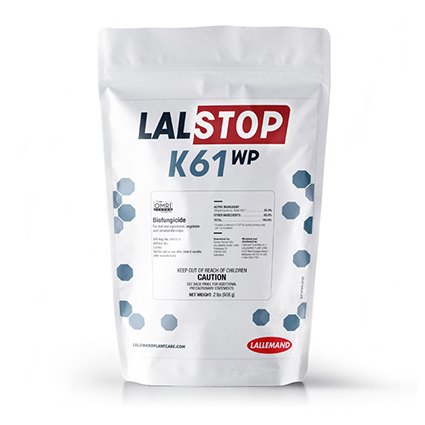Plant Breeder Ping Ren: Breeding Must Meet Consumer And Grower Needs

Ping Ren
Plant Breeder
PanAmerican Seed Co.
Jianping (Ping) Ren breeds various seed and vegetatively propagated annuals and perennials for PanAmerican Seed, where she has worked for 13 years.
Ren received a Ph.D. in plant breeding in 1998 at Cornell University. Before coming to the floriculture industry, Ren was a vegetable breeder in China with a focus on Brassica vegetables.
GG: Will the fervor for all new varieties continue in the industry?
Ren: There are so many new varieties each year. It can be confusing and sometimes difficult for growers and consumers to keep up. But we are all looking for “new” things all the time. There has to be something “new” each year. Of course, some new varieties are new for certain improved traits, which are necessary and can benefit breeding companies (high yield, reduced cost), growers (high germ, more uniform) and consumers (better color and garden performance). The more exciting new for the industry is “true” new and “wow” new. New species, new type, new form, new usage and totally new colors (flower and foliage) will continue to excite the industry.
GG: Will breeders begin to focus on filling consumers’ needs?
Ren: Yes, myself as a breeder, I always want to focus on consumers’ needs: garden performance and final usage. Since the grower is our first customer, our products have to fit (more or less) their needs first. There are common traits that benefit both, others not. Ideally, products should have all traits but express them at different stages. A simple example in petunia is compact/holdability for the grower/retailer level, and then excellent vigor and showy in the garden for consumers.
GG: What crops do you feel will be relevant and important over the next 30 years?
Ren: I feel petunia and echinacea will continue to be relevant and important flower crops, among many other annuals and perennials flowers. The key point is, no matter what the flower crop, it has to have beautiful color, flower power, stress tolerance, durability and require less care, plus be grower friendly with consumer performance. Broadly, I feel ornamental foliage, grass and gift pot crops (both flower and foliage) will be important and expanding. Many of these crops are tissue culture or vegetatively propagated. There will be more breeding to continuously convert to seed form. Home garden vegetables combined with an ornamental purpose is another growing field.
GG: How will breeders address needs to reduce chemicals by increasing crop resistance to pests and diseases? How far away is this technology?
Ren: This is a challenging area. Unlike the field crop or vegetable crop industry, the flower industry is much more diversified in crops and has less base support in economy and technology. We are dealing with tons of different product types, species and varieties. Breeding for pest or disease resistance is more complicated and has relatively long breeding goals. Is resistant germplasm available? If not, where and how to get it? It would need new technology.
Even with a crop economically large enough, for one crop, we are not breeding for a couple of resistant varieties, and we have to breed all available colors (easily more than 10 colors) for the whole series to have resistance, which takes a longer time.
Another question is how long the resistance can last (before pathogens overcome)? Breeding for a horizontal resistance is preferred but is also more complicated. However, breeders have already been exploring all the possibilities and technologies. As more technologies become available in the flower/ornamental field, breeding for pest and disease resistance will definitely be more efficient.
GG: What is one outlandish prediction you have for floriculture in the next 30 years?
Ren: 1) Houseplants have been identified and proven to be truly good for human health or even illness treatment.
2) More common annuals and perennials, like petunia, impatiens, pansy, marigold, and many more, that have a nice floral scent.
3) Products that really combine the best traits for grower, retailer and consumer: Truly uniform, compact, hold, “wow” show and performance under less care and stress conditions.










